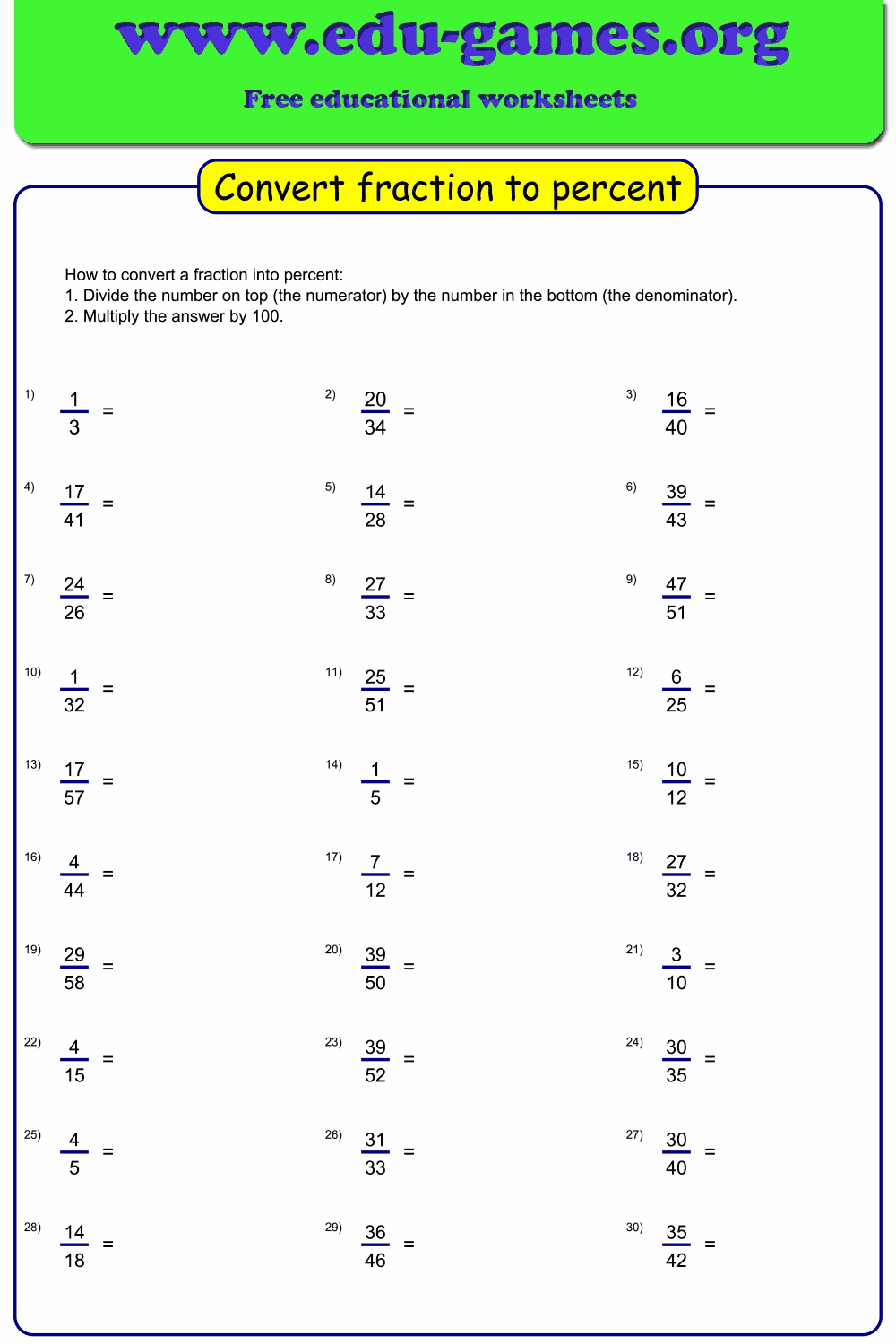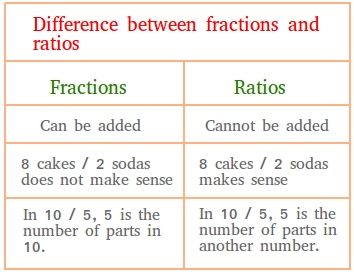
The reciprocal of a proper fraction is improper, and the reciprocal of an improper fraction not equal to 1 (that is, numerator and denominator are not equal) is a proper fraction. Step Three: Reduce and simplify each fraction. Step Two: Set the left side and right side of the ratio over the denominator. The product of a fraction and its reciprocal is 1, hence the reciprocal is the multiplicative inverse of a fraction. Step One: Set the denominator as the ratio's left side + the right side. A common, vulgar, or simple fraction (examples: 1 2. When spoken in everyday English, a fraction describes how many parts of a certain size there are, for example, one-half, eight-fifths, three-quarters. The remaining three fourths are shown by dotted lines and labeled by the fraction 1 / 4Ī fraction (from Latin: fractus, "broken") represents a part of a whole or, more generally, any number of equal parts. A cake with one quarter (one fourth) removed. Fractions and ratios are exactly the same mathematically, but we use them to describe different situations due to tradition. To convert a part-to-part ratio to fractions: Add the ratio terms to get the.

The ratio 1 : 2 is read as '1 to 2.' This means of the whole of 3, there is a part worth 1 and another part worth 2.

All the steps are displayed Easy to understand for the students FAQs: What is 4/5 as a ratio To convert a fraction to ratio, need to write the fraction as ratio 4:5. A part-to-part ratio states the proportion of the parts in relation to each other. For other uses, see Fraction (disambiguation). You can convert fractions to ratio readily by fraction to ratio calculator, it only takes a second to convert the ratio into fractions.


 0 kommentar(er)
0 kommentar(er)
